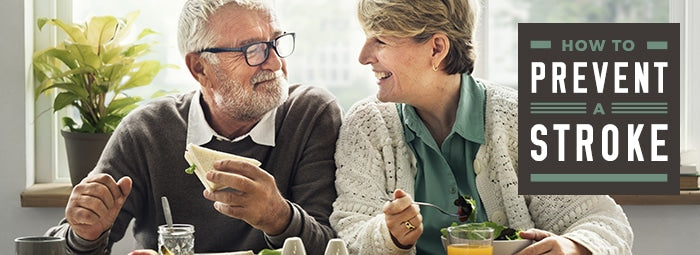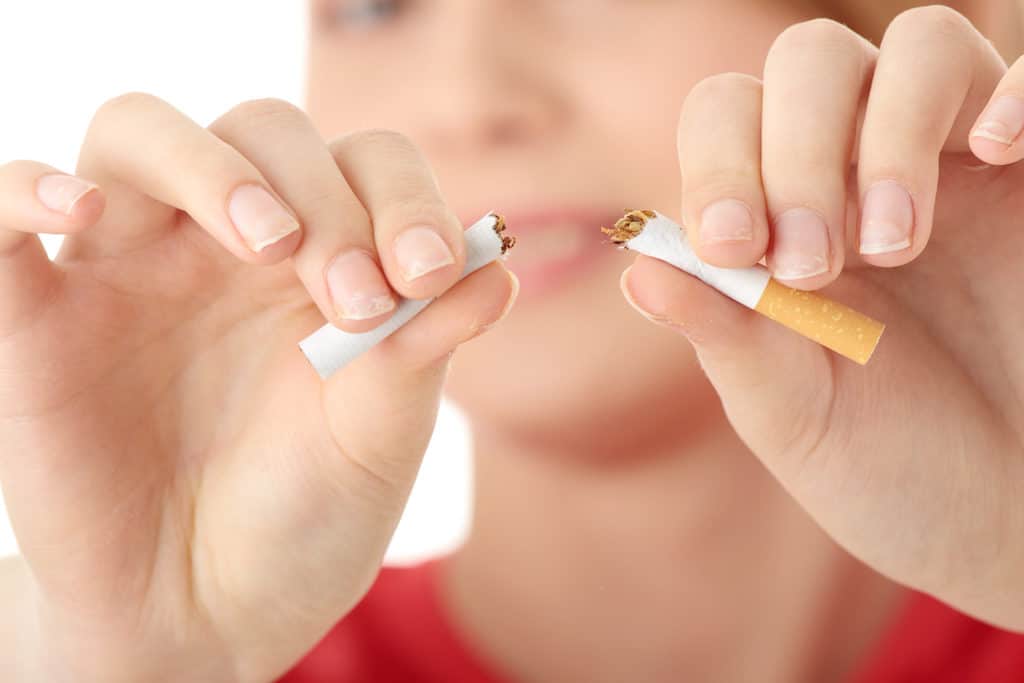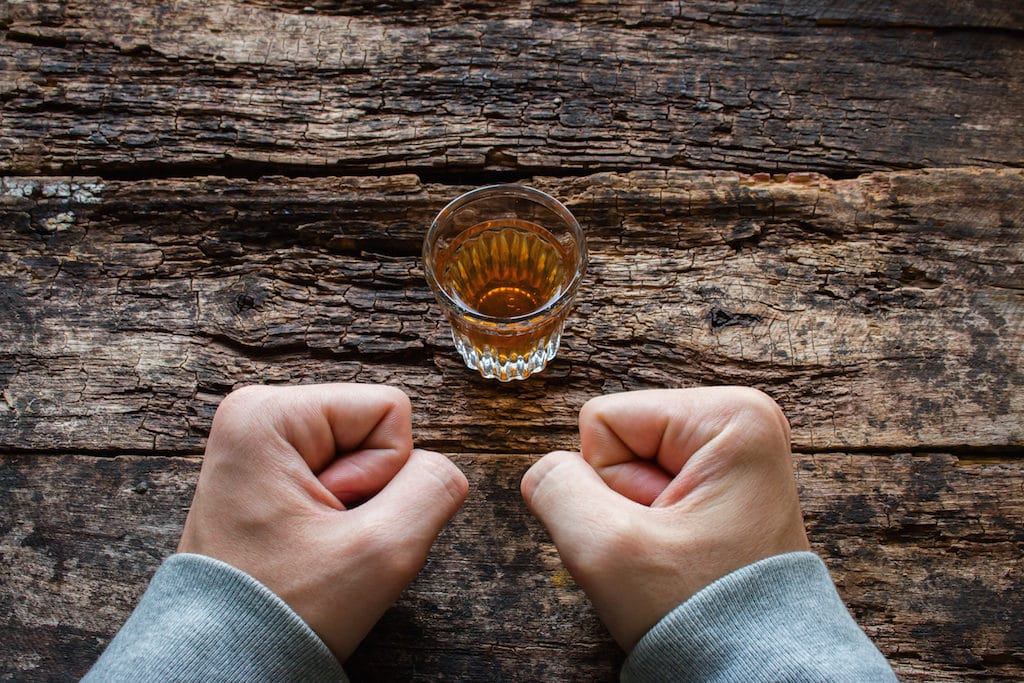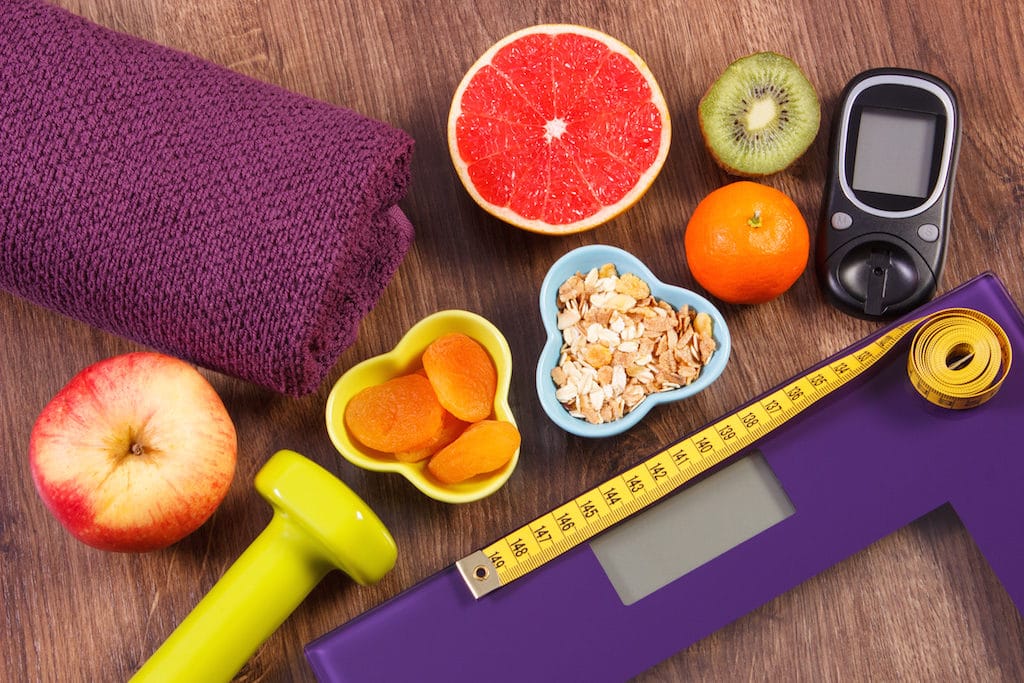How To Prevent A Stroke


Strokes are unpredictable events and occur when blood flow to the brain is stopped for a time. When brain cells are deprived of oxygen, they start to die, and the abilities controlled by the damaged part of the brain are lost.
Though you don’t know when a stroke will happen, 80 percent of them are actually preventable. While there are several genetic factors you cannot control that may predispose you to having a stroke, if you make healthy lifestyle choices, it is possible to reduce your risk significantly.
Treatable Risk Factors
There are stroke risk factors that you can actually treat, control, or even eliminate from your lifestyle if you maintain healthy habits.
Lower Blood Pressure

People with high blood pressure have a higher risk of stroke. If you have had a stroke before, then managing your blood pressure is an essential part of preventing a transient ischemic attack (mini-stroke) or another stroke. But even those who haven't had an attack can enjoy the health benefits of lower blood pressure.
You can control your blood pressure through exercise, stress management, weight management, and lowering your intake of sodium and alcohol. If your doctor thinks it will help, they may also prescribe medication to lower blood pressure.
Maintain a Healthy Diet

Eating healthy food is an integral part of stroke prevention. Lowering the amount of fat (especially trans and saturated fats) you consume will reduce the risk of clots in arteries. If you have issues lowering your cholesterol level by diet alone, your doctor may need to prescribe medication.
There are many diets to choose from, but the one recommended for cardiovascular health (related to strokes) is the Mediterranean diet. It consists of many fruits and vegetables every day, fish (and other lean, white meats), nuts, olive oil, and whole grains. Also remember to reduce your salt intake, avoid red and fatty meats, and again, lower your intake of trans and saturated fats.
Making healthy food choices not only helps prevent strokes, but it also improves your overall health.
Exercise

Another essential part of lowering your risk of stroke is regular exercise. For stroke prevention, you want to focus on cardiovascular exercises, including biking, jogging, and using an elliptical machine. Cardio exercise lowers your blood pressure, increases good cholesterol in your body, and improves the resilience of your heart and arteries. These exercises also help you lose weight and lower your stress levels.
The Surgeon General recommends two-and-a-half hours of moderate cardio exercise every week for adults. If you haven't exercised in a while, you’ll want to start now with up to 30 minutes every day of a moderate activity, such as walking, riding a bike, or swimming. Try to do this every day and make it a habit—like brushing your teeth.
Before starting any exercise routine, especially if you are recovering from a stroke or lead a sedentary life, consult your doctor. They can help you choose the best types of exercise for your current physical condition.
Quit Smoking

There are no two ways about it: smoking is bad for you. If you want to prevent a stroke, quitting smoking is possibly the best thing you can do. Inhaling nicotine thickens your blood, making it more likely to clot; it also increases your blood pressure and reduces the amount of oxygen that makes it to your brain and other organs.
Smoking can cause aneurysms and is linked to heart disease, lung disease, and cancer. It increases your risk of ischemic attack twofold, and your risk of hemorrhagic stroke fourfold. Smoking also causes atherosclerosis (fatty deposits) in the carotid artery, which is the main blood vessel to your brain. Atherosclerosis in the carotid artery is actually the main cause of stroke in the United States.
If you are a smoker and want to quit, your doctor can recommend programs and medication that help during your withdrawal period. The benefits of quitting smoking appear within just a few hours. And after 15 years of being smoke-free, your heart health is the same as someone who has never smoked.
Limit Alcohol Intake

Alcohol consumption can either be a risk factor or a preventative measure. It all depends on how much you drink.
Heavy drinking is a risk factor; it increases your blood pressure and your risk of ischemic attack and hemorrhagic stroke. However, moderate drinking (one drink a day) actually prevents ischemic stroke and helps keep your blood free of clots. Since drinking alcohol may interact with your medication, make sure to consult your doctor and discuss appropriate alcohol consumption. If you're not sure if your drinking habits are moderate, consult this handy guide by the National Institute on Alcohol Abuse and Alcoholism.
Control Diabetes

A diabetes diagnosis is a risk factor for strokes. High blood sugar damages blood vessels, which makes it more likely that clots will form. Prevent strokes by keeping your diabetes under control. Follow your doctor’s and nutritionist's instructions, monitor your blood sugar, and implement other lifestyle changes, such as exercise and a healthy diet.
Genetic Risk Factors
As you can see, there are many things you can do to prevent a stroke. But there are some genetic factors that may also contribute to your overall risk.
Age
Strokes happen at every age, but the risk doubles every decade between ages 55 and 85. So the older you are, the more at risk you are of stroke. This is why it's important to adopt healthy habits as early as possible in your life.
Infants (in the first few weeks after birth), children, and adolescents can also suffer from strokes, although it doesn't happen as often.
Gender
Men are at higher risk of stroke, but women die of stroke more often. Men also tend to have their first stroke earlier than women do, which increases their survival rate.
Ethnicity
Statistics show that African Americans tend to have a higher risk of stroke. They experience and die of strokes more often than do any other ethnic group in the United States—including young and middle-aged adults. One specific risk factor for African Americans is sickle cell disease, which can narrow arteries and disrupt blood flow. Hispanic Americans also have a higher risk of stroke than Caucasians do.
Family History
If someone in your family has had a stroke, you are more at risk of having one yourself. There are several possible reasons for this. Some are genetic: a likelihood of higher blood pressure or diabetes is in the genes. It can also be because of habits and activities: your lifestyle tends to be similar to those of your family members.
Prevent Strokes by Being Healthy
Factors like age, gender, and ethnicity cannot be controlled, but remember that 80 percent of strokes are preventable via a healthy lifestyle.
A healthy diet rich in vegetables, fruits, and whole grains; a regular exercise routine; controlling conditions like high blood pressure, high cholesterol, and diabetes; and abstaining from smoking or heavy drinking are all part of a generally healthy lifestyle that can prevent not only strokes, but also a host of other conditions.
All content provided on this blog is for informational purposes only and is not intended to be a substitute for professional medical advice, diagnosis, or treatment. Always seek the advice of your physician or other qualified health provider with any questions you may have regarding a medical condition. If you think you may have a medical emergency, call your doctor or 911 immediately. Reliance on any information provided by the Saebo website is solely at your own risk.
All content provided on this blog is for informational purposes only and is not intended to be a substitute for professional medical advice, diagnosis, or treatment. Always seek the advice of your physician or other qualified health providers with any questions you may have regarding a medical condition. If you think you may have a medical emergency, call your doctor or 911 immediately. Reliance on any information provided by the Saebo website is solely at your own risk.



